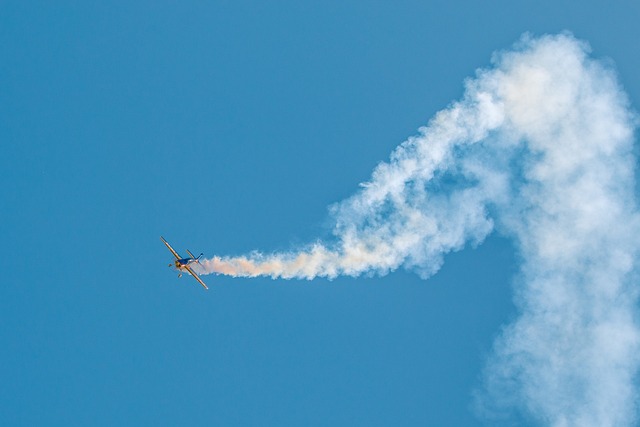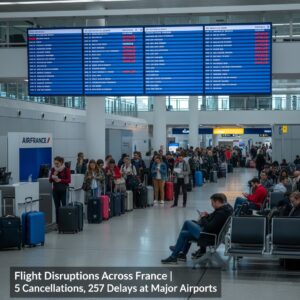The Federal Aviation Administration (FAA) has announced new regulations aimed at reducing carbon pollution from most large airplanes flying in United States airspace. The rules require the use of improved fuel-efficient technologies for airplanes manufactured after January 1, 2028, as well as for subsonic jet airplanes and large turboprop and propeller airplanes that are not yet certified.
Aircraft such as Boeing’s 777-X and 787 Dreamliner, Airbus’ A330-neo, and civil turboprop planes like the ATR 72 and the Viking Air Limited Q400 will be required to meet these standards. However, the rule does not apply to airplanes currently in service.
FAA Administrator Mike Whitaker highlighted the significance of these regulations, stating, “We are taking a large step forward to ensure the manufacture of more fuel-efficient airplanes, reduce carbon pollution, and reach our goal of net-zero emissions by 2050.”
According to data from the FAA, commercial airplanes account for nine percent of domestic transportation emissions and two percent of total carbon pollution in America. This initiative is part of the U.S. Aviation Climate Action Plan, which aims to achieve net-zero greenhouse gas emissions from the aviation sector in America by 2050.
In a related development, the Senate Commerce Committee recently passed the FAA Reauthorization Act, which includes provisions to strengthen the U.S. air system.

















More Stories
Global Airport Leaders Gather in Busan as Airports Innovate 2025 Sets the Pace for Aviation’s Next Era
Travelers Grounded Across France as Air France, British Airways, and KLM Face Cancellations and Delays at Major Airports
Pittsburgh Airport Opens New Terminal with Cutting-Edge Technology and Sustainability